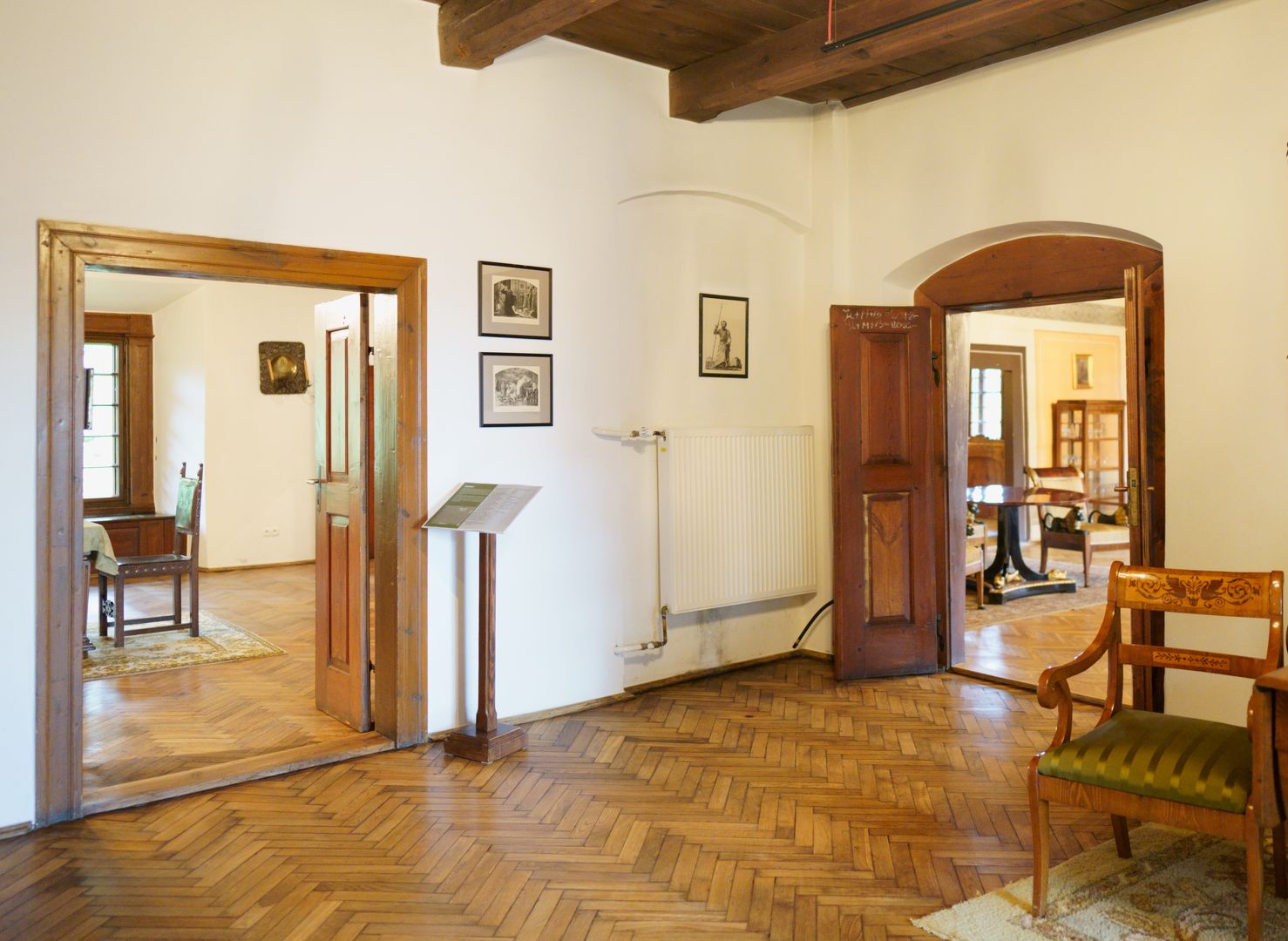Stryszów Manor
6.79

Overview
The Stryszów Manor, most likely dating back to the late 16th century, was built by Adam Suski. Its current 18th-century form and the thorough renovation of 1741 are highlighted by an inscription on a supporting beam. During this renovation, the rural defensive manor was transformed into a Baroque residence. Its ground-level sandstone walls were partially extended with wood, stone, and brick, allowing for the creation of spacious rooms on the upper floor, which were surrounded by a wooden balcony. In the 19th century, another modernization took place, during which Julian Gorczyński added a two-story outbuilding—now no longer extant—and established an extensive English-style park on the northern side of the manor. After World War II, the park was destroyed and converted into building plots, while the manor was taken over by a state farm (PGR), where it housed a school and hosted cultural events. In 1958, after suffering significant damage, the manor underwent a thorough renovation under the State Art Collections and was repurposed as a Creative Work House and a summer camp center. In 1969, it became a museum, a branch of the Wawel Royal Castle. The museum showcases the interior of a moderately wealthy 19th-century Polish manor, including a representative salon with fragments of 18th-century polychrome and a richly furnished dining room with a long table and a sideboard. The study, where administrative decisions were made, served as a storage space for accounting books and battle scene paintings. The bedroom, reserved for the hosts, was furnished in a style often reflecting the dowry of the manor owner’s wife. Thus, the Stryszów Manor not only reflects the rich architectural history of the region but also stands as an important element of cultural heritage, a place where Poland’s social and customary history intertwines with its artistic achievements.
Location
2025 Wizytor | All Rights Reserved